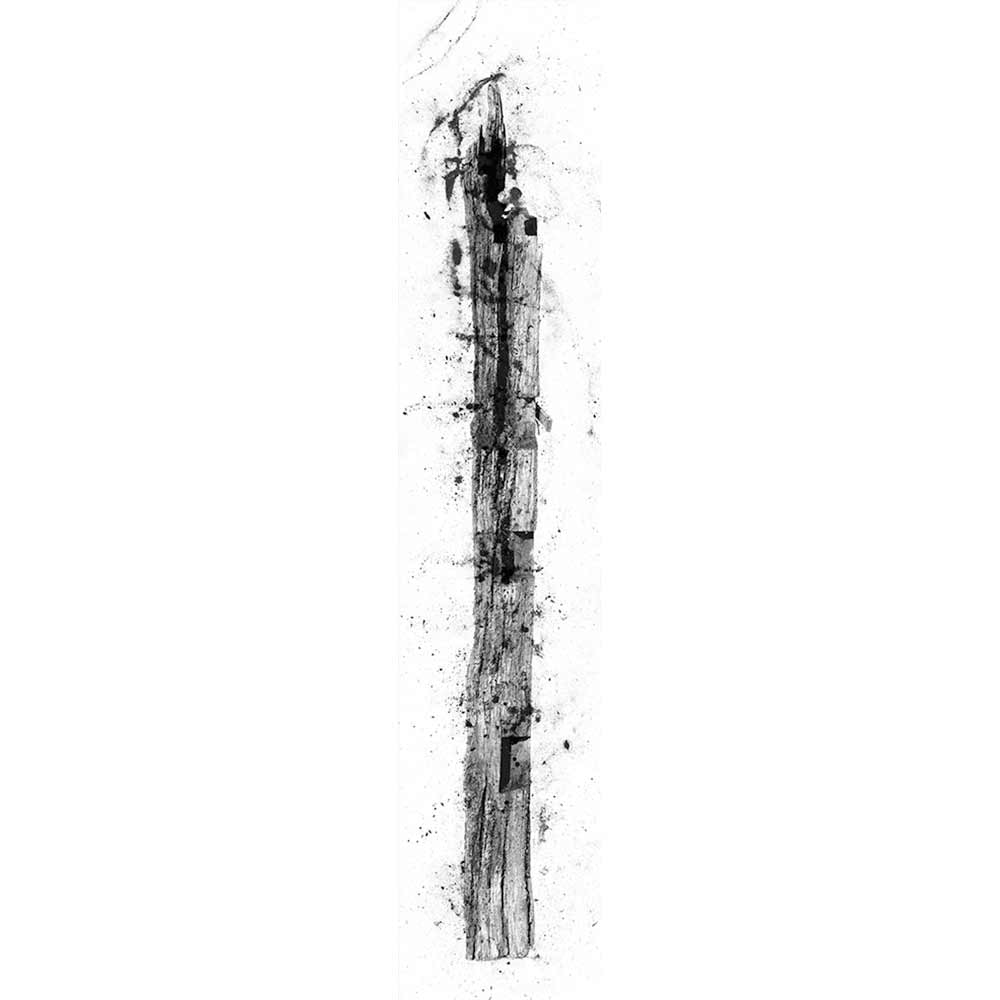- Login
Critical Spatial Practice

Buildings decay and mutate; they are made of hybrid assemblages of material sourced from near and far.
Tim Edensor, ‘Incipient Ruination: Materiality, destructive agencies and repair,’ in Elements of Architecture: Assembling archaeology, atmosphere and the performance of building spaces, eds. M. Bille and T. Sørensen (Oxford: Routledge, 2016), p. 349.
Conservation practice, as architecture, uses a particular set of conventions as pre-designed forms and language which pay attention to a buildings material properties, the stone it is made from or the date it was built. It uses dry descriptions which avoid any form of emotional engagement. This work examines ways in which subjective experiences, emotions and affect can be represented in historic and architectural records through the form of the artists’ book and how in particular the book acts as a means of investigating space through materiality, gesture and performativity. The form of the book becomes a site to coalesce multiple representations of the presence of the body in architectural space. It acts as a set of instructions or score to think through space making which includes the voices and gestures of the human and non-human communities that inhabit it.
An uninhabited listed 16th-century timber-framed manor house, Wymering Manor in Cosham, Portsmouth, is used as a case study. In particular, it examines the ongoing processes at work in a decaying timber floor joist from the manor. The timber acts as synecdoche for the house in order to explore the nature of its affective capacities and embodied encounters with its materiality. The timber connects spatially and temporally to the Manor; it carries traces of its own making, its jointing and bringing forth into construction through its handling, makers’ marks inscribed into each end. Its material properties, its propensity to decay, the ongoing work of natural, biological processes, and its shaping by past and ongoing human activities and encounters allow it to be conceptualised as an active agent in affective relations.
The work explores the ruination of the Manor, it’s decaying presence, the gestures and actions of the community that care for it and larvae beetle that are transforming it to dust. It develops poeticized representations which reveal human and nonhuman actants performing uncertain, unstable trajectories for the future making and unmaking of the Manor.
Belinda Mitchell is a senior lecturer in interior design at the University of Portsmouth, School of Architecture where she is a director for a set of interdisciplinary masters’ programmes and is course leader for the MA in Interior Architecture. She also has a visual arts practice which takes place through collaborative processes and explores the representation of emotion and affect in architectural practice.
Matter of the Manor, explores the overlaps between historic building conservation practice and interiors, and is a collaboration with Dr Karen Fielder, programme leader at the Weald and Downland Museum. They have recently published two journal articles, Matter of the Manor (2018) Journal of Interior Design, Wiley and Thresholds of the Future, (2019) Interior Futures, Crucible USA.
Art works from the project have been exhibited in group shows at The Winchester Gallery, University of Southampton (2016, 2017). McCall’s Multi Blue an artists’ book that explored a timber joist from the manor was exhibited at the Cupola Gallery in Sheffield as part of a group exhibition, Perception. In 2018, List Entry Number: 1245180 a second artists’ book was part an exhibition with Friends of Interpretable Spaces, at St Augustine’s Tower, Hackney, London. An essay on these two books, Lines between: emotion and affect in architectural space was published as part of turn the page Collected Essays 2018, published by turn the page 2019.
Belinda is currently completing a PhD by publication at the University of Portsmouth, Performing Interiors, which explores the containment of the interior in architectural space. She proposes that the interior can confront architectural practice through its materialities – the body, through human and disciplinary experiences, the materials, tool and gestures through which it is made. She uses time, temporality and the specificity of her body to critique the interior and architectural representation, its language, habits and gestures in order to find other ways of making space.
Interested in what things do rather than what they are, this project draws on New Materialist thinking, feminist writing practices, photographic documentation, drawing and dance scores to create a practice of ‘sitting in’ or an archaeology of the present which responds to the material of the body, materiality of the site and affective relations between the two, as well as the writings of Kathleen Stewart to create a language thick with intimate resonances of everyday details near and far.
Bennett, J (2010) Vibrant Matter, a political ecology of things, Duke University Press.
Crickmay, C and Tuffnell, M (1990) Body, Space, Image: Notes towards improvisation and performance, Hampshire: Dance Books Ltd.
Stewart, K (2007) Ordinary Affects, Duke University Press.



































































